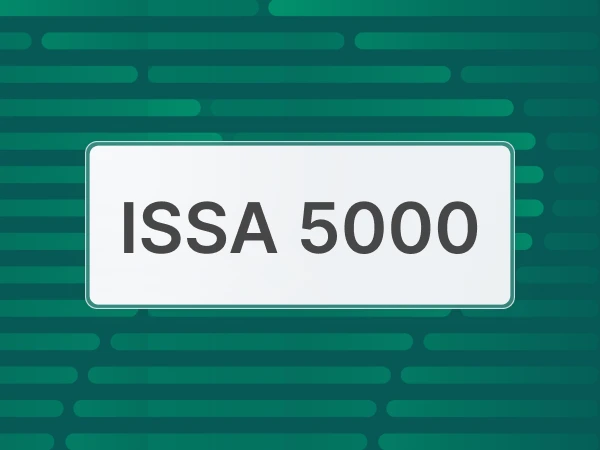Sustainable packaging: the comparison between materials
Choosing environmentally sustainable packaging is a topic of increasing interest to both consumers and manufacturers, especially in the food sector.
In fact, because of sharp increases in the amount of plastic and waste, the European Union has begun to adopt increasingly strict packaging laws, with restrictions and controls on the materials used.
Suffice it to say that, on average, each of us produces about 500 kilograms of waste per year, most of which comes precisely from the packaging and packaging of the products we buy on a daily basis.
Even, research by the Ellen MacArthur Foundation has estimated a 70 percent increase in global waste by 2050, and that without a change of course, there will be more plastic waste in the oceans than fish in the same year.
Sustainable packaging: which material to choose
Given these premises, then, it is clear that immediate action is needed. There are several actions you can take to reduce the increase in plastic and waste: one of them might be making more conscious choices about the products you buy, paying attention to the packaging and materials used.
Or again, in case you were a vendor and dealt with physical products, you could make a difference by selecting the right packaging and packaging materials for your products.
But which materials have the lowest impact on the environment?
The materials mainly used for packaging in the food industry are:
- Plastic (PET)
- Glass
- Food cardboard
- Aluminum
Often, due in part to the high-impact images we see in the news depicting expanses of waste in the oceans and on the streets, we associate the word "plastic" with the idea of waste and a highly polluting material. Thus, we automatically assume that it is the material with the highest impact on the environment.
Clearly, plastic is a big problem for our planet's ecosystems, but are we really sure that it is always the least suitable material?
To answer this question, we conducted research considering the packaging required to hold 1 liter in volume, and comparing different materials. From an emissions perspective, the results tell us that the material with the highest impact is glass, with as much as 428 g ofCO2 eq.
This is followed by cans, virgin plastic bottles, beverage bricks, and ... recycled plastic bottles!
That's right, not all plastic is necessarily bad. Results show that the 100% recycled plastic bottle turns out to be the best choice from an emissions standpoint, with "only" 43 g ofCO2 eq, almost 1/10th the emissions of a glass bottle.
What are the reasons why recycled plastic produces so few emissions compared to glass and other materials?
To explain this to you, we have created an infographic full of clear and comprehensive data and information that will help you understand what metrics make one material more sustainable than another.
So we have seen what materials to use for your product packaging, but the consumer also plays a very important role. For this reason, we also decided to provide you with a series of practical tips to help you make a more informed choice for your purchases.
Want to know how you too can do your part to stop the rise of waste on our planet? Fill out the form below and download our free infographic!




























